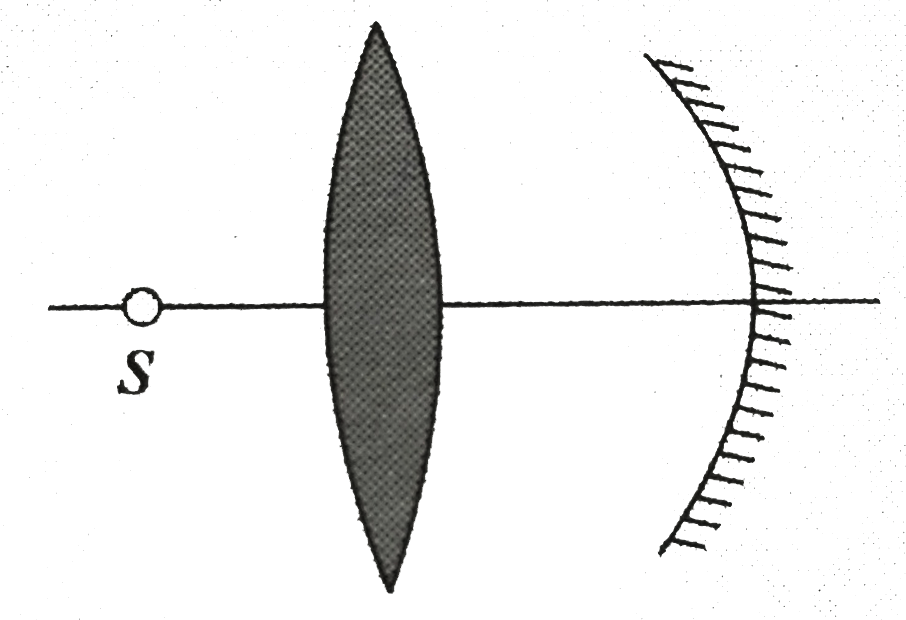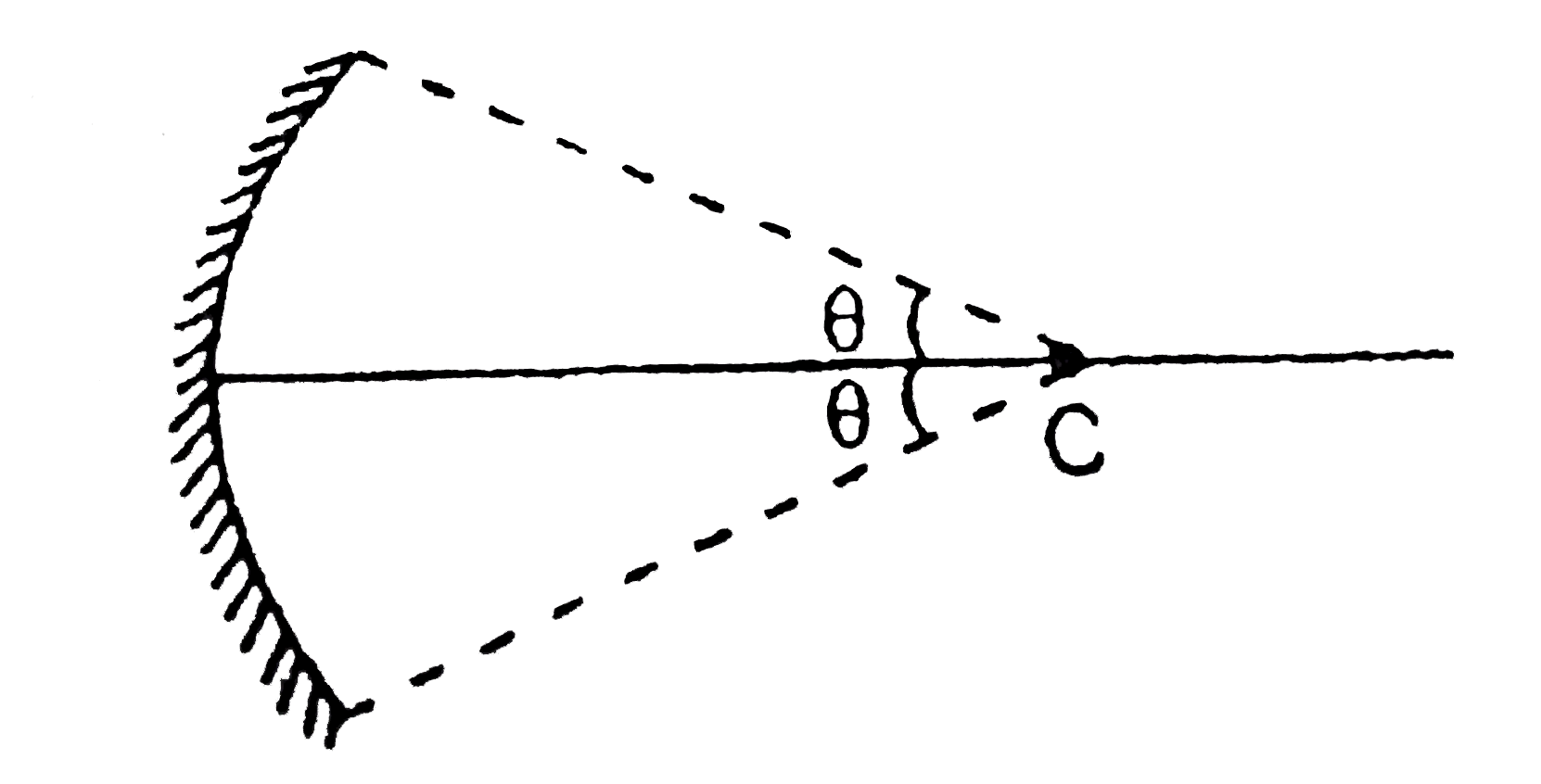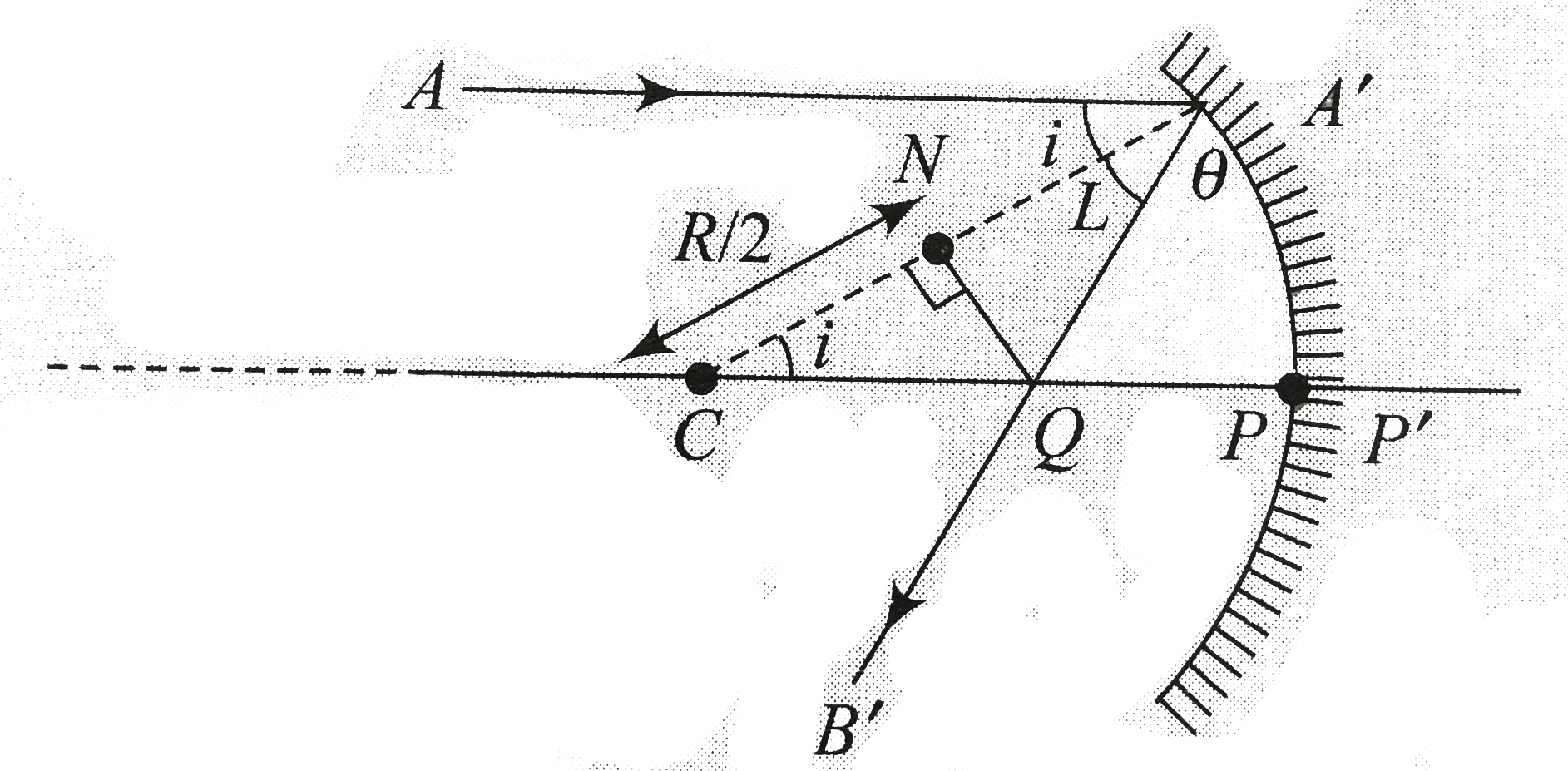The point of the principal axis, when a beam of light travelling parallel to the principal axis, after reflection actually meets is called the ____ of concave mirror.
To solve the question, we need to identify the term that describes the point where a beam of light, traveling parallel to the principal axis of a concave mirror, converges after reflection. Here’s a step-by-step breakdown of the solution:
1. Understand the Concept of Concave Mirrors:
- A concave mirror is a spherical mirror that curves inward. It has a principal axis, which is an imaginary line that runs through the center of the mirror.
2. Identify the Principal Axis:
- The principal axis is the straight line that passes through the center of curvature and the focus of the mirror.
3. Draw a Ray Diagram:
- To visualize the behavior of light rays, draw a concave mirror with its principal axis. Mark the center of curvature (C) and the focus (F).
4. Consider the Path of Light Rays:
- When a beam of light travels parallel to the principal axis and strikes the concave mirror, it reflects off the surface.
5. Determine Where the Rays Converge:
- According to the laws of reflection, the rays that are parallel to the principal axis will converge at a specific point after reflection.
6. Identify the Point of Convergence:
- The point where these rays meet after reflection is known as the principal focus of the concave mirror.
Final Answer:
The point of the principal axis, where a beam of light traveling parallel to the principal axis converges after reflection, is called the principal focus of the concave mirror.
---
- A concave mirror is a spherical mirror that curves inward. It has a principal axis, which is an imaginary line that runs through the center of the mirror.
- The principal axis is the straight line that passes through the center of curvature and the focus of the mirror.
- To visualize the behavior of light rays, draw a concave mirror with its principal axis. Mark the center of curvature (C) and the focus (F).
- When a beam of light travels parallel to the principal axis and strikes the concave mirror, it reflects off the surface.
- According to the laws of reflection, the rays that are parallel to the principal axis will converge at a specific point after reflection.
- The point where these rays meet after reflection is known as the principal focus of the concave mirror.
The point of the principal axis, where a beam of light traveling parallel to the principal axis converges after reflection, is called the principal focus of the concave mirror.
Topper's Solved these Questions
- BOOK - ICSECHAPTER - LIGHT ENERGYEXERCISE - EXERCISE 5.2 (Objective Type Questions) B-Statements given below are inccorect. Write the correct statements.5videos
LIGHT ENERGY
- BOOK - ICSECHAPTER - LIGHT ENERGYEXERCISE - EXERCISE 5.2 (Objective Type Questions) C. Write .true.of .false. for the following statements :5videos
LIGHT ENERGY
- BOOK - ICSECHAPTER - LIGHT ENERGYEXERCISE - EXERCISE-5.1 (STUDY QUESTIONS)6videos
LIGHT ENERGY
- BOOK - ICSECHAPTER - HEAT TRANSFER EXERCISE - Picture Study2videos
HEAT TRANSFER
- BOOK - ICSECHAPTER - MATTER EXERCISE - THEME ASSIGNMENT25videos
MATTER
Similar Questions
A parallel beam of light, parallel to the principal axis of a concave mirror, on reflection meets at the :
View SolutionA convex lens of focal length 20 cm and a concave lens of focal length 10 cm are placed 10 cm apart with their principal axes coinciding. A beam of light travelling parallel to the principal axis and having a beam diameter 5.0 mm, is incident on the combination. Show that the emergent beam is parallel to the incident one. Find the beam diameter of the emergent beam.
View SolutionDefine principal axis of a spherical mirror.
View SolutionA ray of light travelling parallel to the principal axis, passes through the ......... (principal focus/centre of curvature) after reflection, in case of a concave mirror.
View SolutionA converging lens and a converging mirror are placed with their principal axis coinciding. Their separation equals 40cm. A point source S is placed on the principal axis at a distance of 12 cm from the lens as shown in Fig. It is found that the final beam comes out parallel to the principal axis. Focal length of the lens equals 15 cm. Find the focal length of the mirror.
 View Solution
View SolutionA ray of light passing through the focus, after reflection from a concave mirror travels ……….
View SolutionThe circular boundary of the concave mirror subtends a cone of half angle θ at its centre of curvature. The minimum value of θ for which any ray incident on this mirror parallel to the principal axis suffers reflection more than once is
 .View Solution
.View SolutionFind the distance CQ if incident light ray parallel to principal axis is incident at an angle i. Also, find the distance CQ if i→0 .
 View Solution
View SolutionA ray of light is incident on a concave mirror . It is parallel to the principal axis and its height from principal axis is equal to the focal length of the mirror. The ratio of the distance of point B to the distance of the focus from the centre of curvature is (AB is the reflected ray)
_E01_055_Q01.png) View Solution
View SolutionAny ray of light which initially passes through the principal focus of a spherical mirror, after reflection passes through centre of curvature.
View Solution

